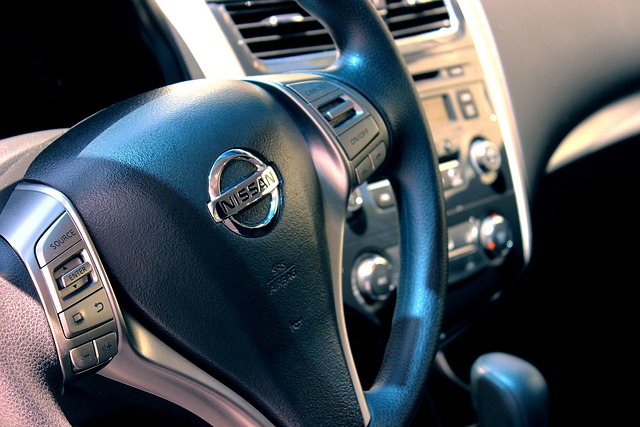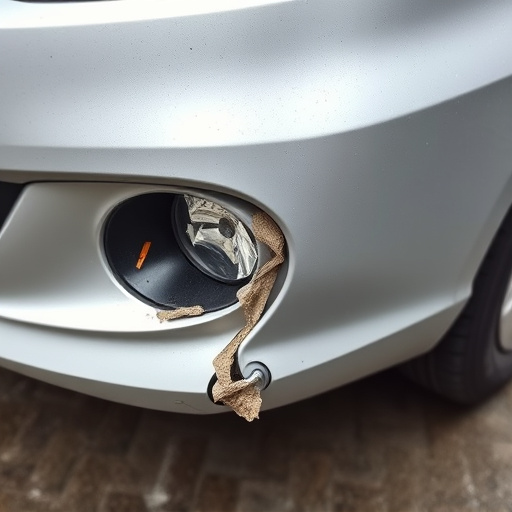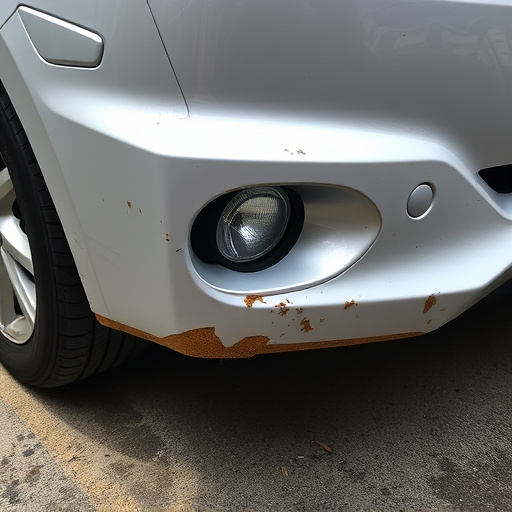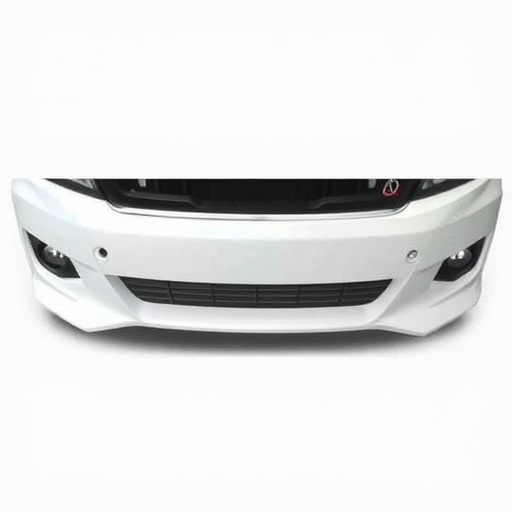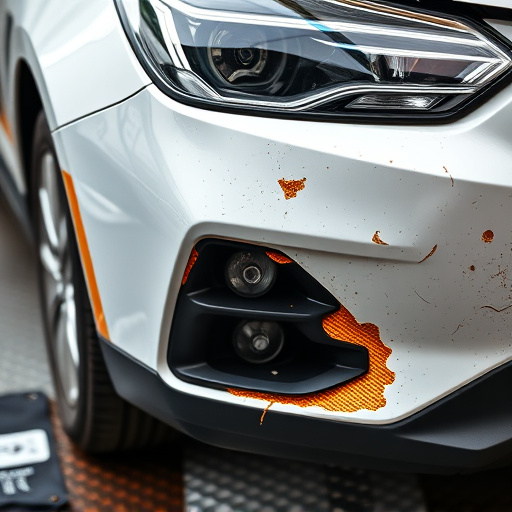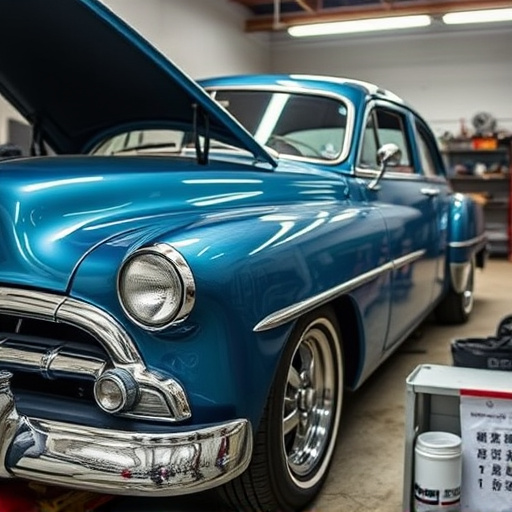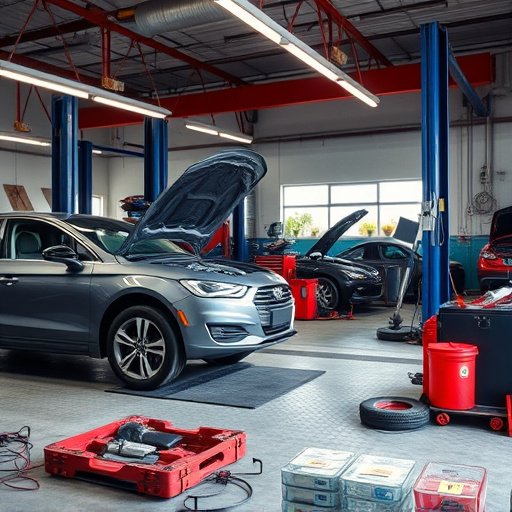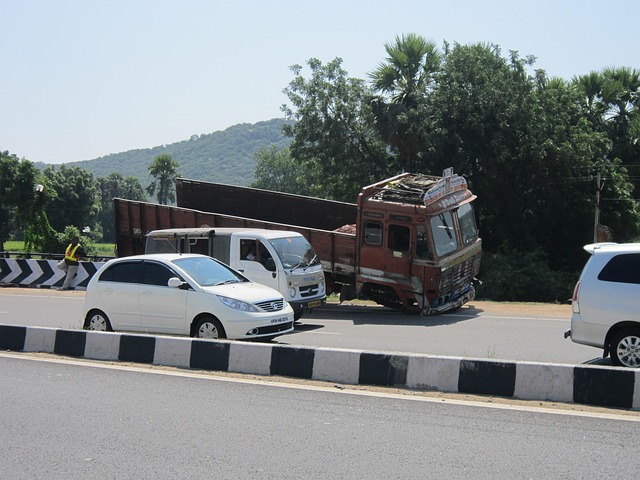Windshield calibration is essential for Adaptive Cruise Control (ACC) systems, enabling sensors and cameras to accurately detect and track surrounding traffic in real-time. This enhances safety by allowing ACC to swiftly respond to changes, preventing accidents and scratches. Regular calibration checks and repairs by reputable services are crucial for optimal vehicle performance and safety, particularly as autonomous driving becomes more prevalent. Advanced windshield calibration technology is key to future ACC systems, enabling swifter responses to traffic conditions and paving the way for more sophisticated autonomous driving capabilities.
Windshield calibration is a pivotal, yet often overlooked, component in modern vehicle safety systems, particularly adaptive cruise control (ACC). This critical process ensures precise data transmission from sensors mounted on a car’s windshield, enabling ACC to accurately detect and respond to surrounding traffic. By understanding the foundational role of windshield calibration, we can appreciate how it enhances both safety and efficiency on our roads. Let’s explore its significance in depth.
- Understanding Windshield Calibration: The Foundation of ACC
- Enhancing Safety and Efficiency: ACC's Rely on Precise Windshield Data
- The Impact and Future of Windshield Calibration in Adaptive Cruise Control Systems
Understanding Windshield Calibration: The Foundation of ACC
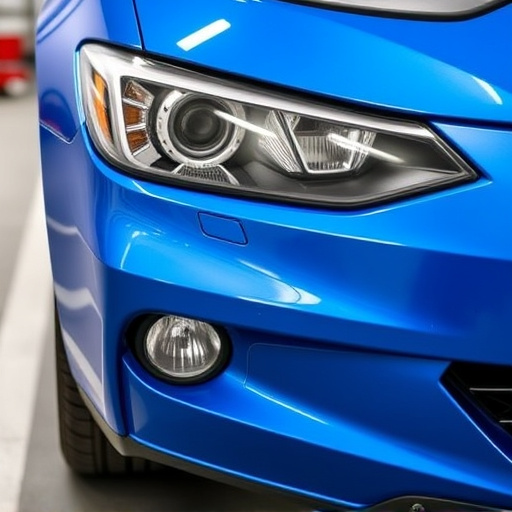
Understanding Windshield Calibration: The Foundation of ACC
Windshield calibration is a critical process that forms the backbone of Adaptive Cruise Control (ACC) systems in modern vehicles. It involves precisely configuring the sensors and cameras mounted on the windshield to detect and track other vehicles on the road. This data is then used by ACC to adjust the vehicle’s speed automatically, maintaining a safe distance from the cars ahead. The accuracy of this calibration directly impacts the effectiveness and reliability of ACC, ensuring smooth and efficient driving experiences.
Accurate windshield calibration enhances safety by providing real-time information about surrounding traffic conditions. It enables the vehicle to respond swiftly to sudden stops or changes in speed, preventing accidents and reducing the risk of car scratches caused by close encounters on the road. Reputable auto repair services often emphasize the importance of regular calibration checks and repairs, ensuring that these advanced driver-assistance systems operate at their optimal levels, thereby enhancing overall vehicle safety and performance.
Enhancing Safety and Efficiency: ACC's Rely on Precise Windshield Data
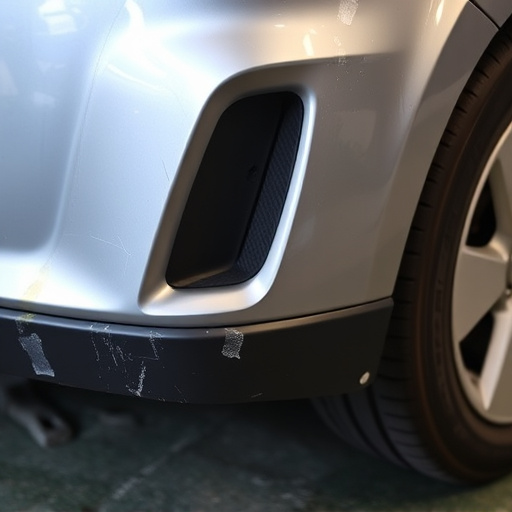
Adaptive Cruise Control (ACC) systems have revolutionized driving by maintaining a safe distance between vehicles and enhancing overall efficiency on the road. At the heart of this technology’s success lies precise data from windshield calibration, which plays a pivotal role in its functionality. Windshield calibration ensures that sensors accurately capture and interpret the surrounding environment, enabling ACC to make informed decisions in real-time.
This process involves meticulously calibrating various components, including cameras, radar, and lidar systems, all of which rely on clear and accurate windshield data. Any imperfections or misalignments in the windshield can lead to compromised sensor performance. Therefore, regular windshield calibration not only supports but also enhances the overall safety and efficiency of ACC systems, ensuring vehicles maintain optimal distances, adapt to traffic conditions, and contribute to a smoother, more secure driving experience.
The Impact and Future of Windshield Calibration in Adaptive Cruise Control Systems
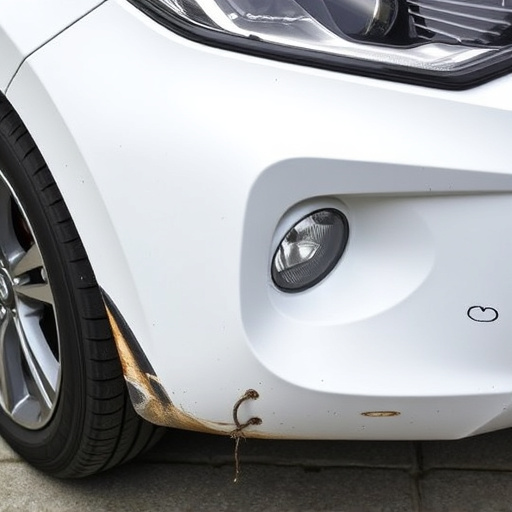
The future of adaptive cruise control (ACC) systems lies intricately tied to windshield calibration technology. As autonomous driving becomes increasingly prevalent, precise and consistent sensor readings are essential for ensuring safety and efficiency on the road. Windshield calibration plays a pivotal role in this regard, providing the foundational accuracy required for ACC to function optimally. By accurately mapping and calibrating the vehicle’s surroundings through its windshield, these systems can detect and respond to traffic conditions with remarkable agility, maintaining a safe distance from other vehicles and adapting to changing speeds seamlessly.
Beyond current applications, advancements in windshield calibration hold promising possibilities for enhancing future ACC capabilities. As auto body work and car body restoration techniques continue to improve, calibrating windshields to account for even minor imperfections becomes increasingly crucial. This precision enables more accurate sensing of road markings, lane boundaries, and other vehicles’ positions, ultimately contributing to the development of more advanced driver-assistance systems (ADAS). Moreover, integrating windshield calibration with improved sensor fusion algorithms could lead to a new level of safety, making autonomous driving closer to becoming an everyday reality.
Windshield calibration is an indispensable component of modern adaptive cruise control (ACC) systems, ensuring their safety and efficiency. By providing precise data on vehicle speed and distance to surrounding traffic, calibrated windshields enable ACC to make real-time adjustments, enhancing overall driving experience. As technology advances, continuous improvement in windshield calibration techniques will play a pivotal role in making roads safer for everyone.
